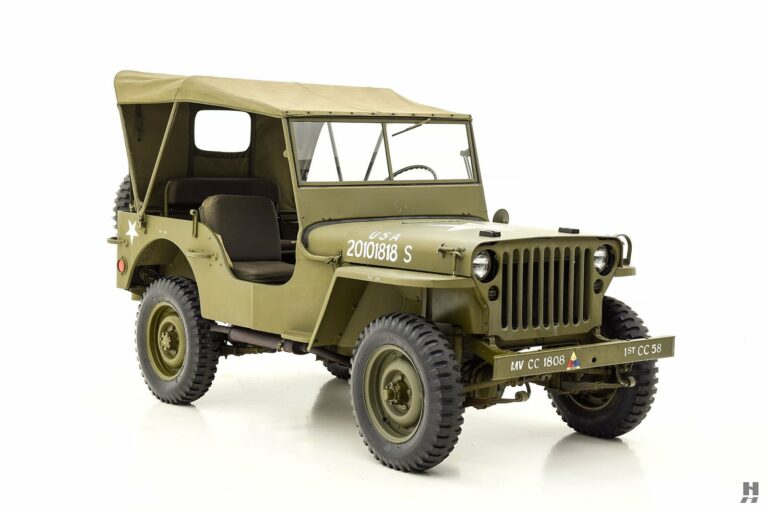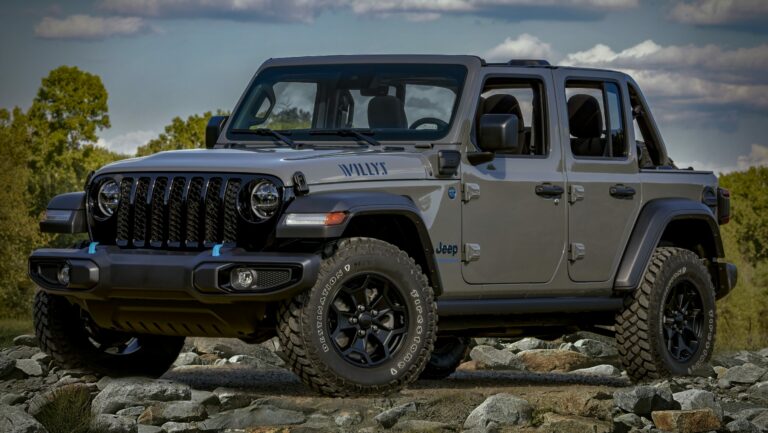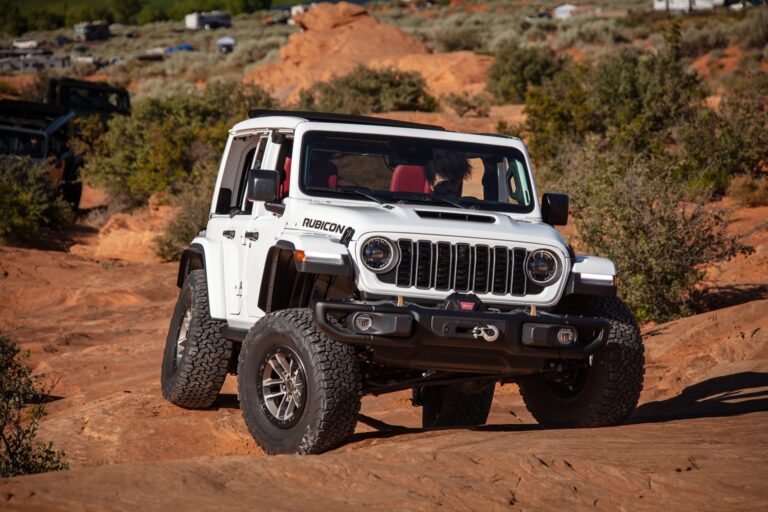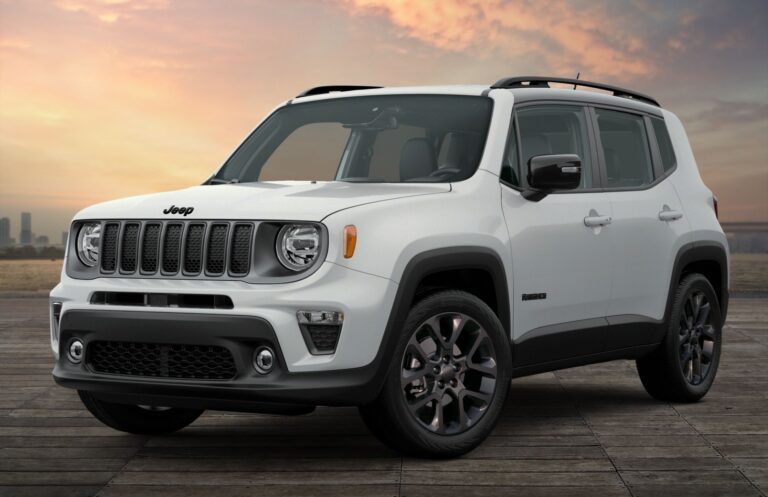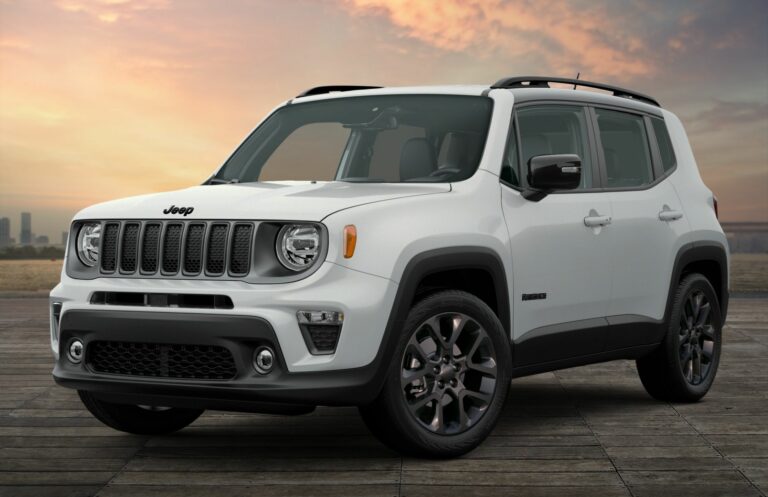Jeep 1989 Wrangler For Sale: Your Guide to Owning an Icon
Jeep 1989 Wrangler For Sale: Your Guide to Owning an Icon /jeeps.truckstrend.com
The year 1989 marked a distinct era for Jeep, cementing the Wrangler YJ as an automotive icon that continues to capture hearts today. For enthusiasts and collectors alike, the prospect of finding a "Jeep 1989 Wrangler For Sale" isn’t just about acquiring a vehicle; it’s about investing in a piece of automotive history, a symbol of freedom, and an enduring platform for adventure. This comprehensive guide will navigate you through the world of the 1989 Jeep Wrangler YJ, offering insights, practical advice, and everything you need to know before making this classic off-roader your own.
The Enduring Appeal of the 1989 Jeep Wrangler YJ
Jeep 1989 Wrangler For Sale: Your Guide to Owning an Icon
The 1989 Jeep Wrangler, part of the YJ generation (1987-1995), holds a unique place in the lineage of the legendary off-road brand. It was the first Wrangler, designed to replace the beloved but aging CJ series, and brought with it a blend of traditional Jeep ruggedness and a touch more refinement. While it initially sparked debate among purists for its controversial rectangular headlights – a stark departure from the CJ’s iconic round ones – these "square eyes" have now become a defining and beloved characteristic of the YJ, making it instantly recognizable.
The YJ’s enduring appeal lies in its straightforward mechanical design, legendary off-road capability, and the sheer joy of its open-air driving experience. It embodies the essence of a true utility vehicle, designed to conquer trails and provide simple, unadulterated fun. For many, owning a 1989 Wrangler is a nostalgic journey back to a time of simpler, more robust vehicles, while for others, it represents a blank canvas for customization and extreme off-road prowess. Its relatively easy maintenance, vast aftermarket support, and a passionate global community of owners further amplify its allure, making the search for a 1989 Jeep Wrangler For Sale a worthwhile pursuit for anyone seeking an authentic slice of Americana.
Key Features and Specifications of the 1989 Wrangler
Understanding the core specifications of the 1989 Wrangler YJ is crucial for any potential buyer. These vehicles were built with durability and off-road performance in mind, but knowing what to expect under the hood and beneath the chassis will help you evaluate potential purchases.
Engine Options:
- 2.5L AMC 150 I4 (Inline-Four): This was the standard engine, producing around 117 horsepower and 135 lb-ft of torque. While not a powerhouse, it’s known for its reliability and decent fuel economy (for a Jeep). It’s suitable for light off-roading and cruising.
- 4.2L AMC 258 I6 (Inline-Six): The more desirable and powerful option, delivering approximately 112 horsepower and a robust 210 lb-ft of torque. While the horsepower number might seem lower than the four-cylinder, its significantly higher torque makes it excellent for off-roading, crawling, and daily driving. This engine is legendary for its bulletproof reliability and ease of modification.

Transmission Options:
- 5-Speed Manual (Peugeot BA-10/5 or Aisin AX-5/AX-15): The primary choice for enthusiasts, offering direct control and engagement. The BA-10/5 was used in early YJs and is considered less robust than the later Aisin units. The AX-5 paired with the 2.5L, and the AX-15 (a much stronger transmission) paired with the 4.2L (and later 4.0L).
- 3-Speed Automatic (TorqueFlite 904 or 999): Available with both engine options, providing a simpler, more relaxed driving experience. These automatics are durable but can feel a bit sluggish compared to modern transmissions.
Drivetrain and Axles:
- Transfer Case: Primarily the NP231 Command-Trac, a robust part-time 4WD system allowing for 2WD High, 4WD High, and 4WD Low. Some earlier models might have the NP207.
- Front Axle: Dana 30, a common and reasonably strong front axle for light to moderate off-roading.
- Rear Axle: Most 1989 Wranglers came with a Dana 35 rear axle. Some rare models, particularly those with the optional "Tow Package," might have been equipped with the stronger Dana 44 rear axle, which is a significant bonus for serious off-roaders.
Suspension:
- The 1989 YJ utilized leaf springs at all four corners, a departure from the CJ’s design in some aspects, but still providing a rugged, durable setup known for its off-road articulation and simplicity. While not as smooth as coil-sprung setups, it’s incredibly capable and easy to lift.
Body and Interior:
- The YJ features a classic two-door body with a removable soft top or optional hardtop, and removable doors, offering the quintessential open-air Jeep experience. The interior is utilitarian and durable, designed for easy cleaning and minimal fuss.
What to Look For When Buying a 1989 Jeep Wrangler (Important Considerations)
Finding a 1989 Jeep Wrangler For Sale requires a keen eye and a methodical approach. These vehicles are over three decades old, and their condition can vary wildly. A thorough inspection is paramount.
- Rust, Rust, Rust: This is the absolute biggest enemy of the YJ.
- Frame: Inspect the entire frame, especially around the skid plate, spring hangers, shackle mounts, and rear cross member. Look for flaking, holes, or previous patch jobs.
- Body: Check the floor pans (under the carpet), rocker panels, wheel wells, tailgate, and around the windshield frame. Door hinges are also notorious for rust.
- Engine Condition:
- Look for oil leaks (especially from the rear main seal on the 4.2L).
- Check for smoke from the exhaust (blue for oil, white for coolant, black for rich fuel mixture).
- Listen for unusual noises like knocking, ticking, or excessive valve train noise.
- Check fluid levels and condition.
- Ideally, get a compression test.
- Transmission and Transfer Case:
- Test drive through all gears (manual and automatic) to ensure smooth engagement and no grinding or slipping.
- Engage 4WD high and low to ensure the transfer case shifts properly. Listen for clunking or grinding.
- Check for fluid leaks.
- Suspension and Steering:
- Inspect leaf springs for sagging or broken leaves.
- Check bushings, shock absorbers, tie rods, drag link, and ball joints for wear.
- Be aware of "death wobble," a violent shaking of the front end, which can indicate worn steering or suspension components.
- Check for power steering pump leaks or excessive play in the steering wheel.
- Electrical System:
- Test all lights (headlights, turn signals, brake lights, interior lights), gauges, wipers, and horn.
- Look for frayed wires or amateur wiring modifications.
- Modifications:
- Many YJs are modified. Evaluate the quality of modifications (lift kits, larger tires, aftermarket bumpers, engine swaps).
- Poorly installed lifts or shoddy wiring can cause more problems than they solve. Ask for receipts and documentation of professional work.
- Documentation:
- Verify the title is clear and matches the VIN on the vehicle.
- Ask for maintenance records. A well-documented history is a good sign.
- Run a VIN check for accident history or flood damage.
Benefits of Owning a 1989 Wrangler
Despite their age, 1989 Wranglers offer a compelling package of benefits for the right owner:
- Legendary Off-Road Prowess: With solid axles, leaf springs, and robust 4WD, the YJ is incredibly capable off-road right out of the box, and easily enhanced.
- Mechanical Simplicity: These Jeeps are relatively easy to work on, making them ideal for DIY enthusiasts and those who want to understand their vehicle.
- Vast Aftermarket Support: The YJ has an enormous aftermarket industry, offering everything from simple replacement parts to extreme off-road upgrades. You can truly make it your own.
- Classic Status and Potential Appreciation: The YJ is now officially a classic. Well-maintained and original examples are holding their value and even appreciating, making them a fun investment.
- Strong Community: The Jeep community is one of the most passionate and helpful. You’ll find endless resources, advice, and camaraderie among fellow YJ owners.
- Unmatched Open-Air Experience: Few vehicles offer the raw, visceral joy of top-off, door-off driving like a Wrangler.
Challenges and Solutions
Owning a vintage vehicle like the 1989 Wrangler comes with its own set of challenges, but most have practical solutions.
- Fuel Economy: The 4.2L I6 is thirsty. Solution: Accept it, or consider engine tuning, proper maintenance, and moderate driving habits.
- Ride Comfort: Leaf springs can provide a stiff ride, especially on pavement. Solution: Quality aftermarket shocks, softer leaf springs (if not heavily loaded), or modern suspension conversions can improve comfort.
- Safety Features: Minimal by modern standards (no airbags, basic seatbelts). Solution: Drive defensively, consider aftermarket roll cages for extreme off-roading, and ensure all safety components are in excellent working order.
- Rust: An ongoing battle. Solution: Regular cleaning, undercoating, prompt repair of any surface rust, and addressing drainage issues.
- Noise and Leaks: Older Jeeps can be noisy and prone to minor leaks (especially the soft top). Solution: Regular maintenance, sealing, and embracing the "Jeep quirks."
- Finding a Good One: Can be difficult due to age and potential abuse. Solution: Patience, thorough inspection, and being prepared to pay a premium for a well-maintained or restored example.
Practical Advice and Actionable Insights
- Set a Realistic Budget: Don’t just budget for the purchase price. Factor in immediate maintenance, potential repairs, and any desired modifications. Older vehicles always need some attention.
- Get a Pre-Purchase Inspection (PPI): If you’re not mechanically inclined, or even if you are, have a trusted mechanic specializing in Jeeps (or older 4x4s) inspect the vehicle thoroughly. This small investment can save you thousands.
- Join Online Forums and Groups: Websites like Jeepforum.com, Wranglerforum.com, and various Facebook groups dedicated to the YJ are invaluable resources for advice, common issues, and part sourcing.
- Don’t Rush: The perfect 1989 Wrangler won’t appear overnight. Be patient, look at multiple vehicles, and don’t be pressured into a quick decision.
- Understand Your Needs: Are you looking for a daily driver, a weekend trail rig, or a show queen? Your intended use will heavily influence what you should prioritize in your search.
Jeep 1989 Wrangler For Sale: Estimated Price Guide
The price of a 1989 Jeep Wrangler can vary dramatically based on condition, mileage, engine type, modifications, and geographical location. The table below provides a general estimate, but always remember that the market is dynamic.
| Condition Category | Description | Estimated Price Range (USD) | Key Factors Influencing Price training is required.
The following are the key points to be included in the article:
- A brief history of the Jeep YJ and its significance.
- Detailed information on engine types (2.5L I4, 4.2L I6), transmissions, and drivetrain components.
- A comprehensive guide on what to inspect when buying a 1989 Wrangler, emphasizing common problem areas like rust.
- Benefits of owning a YJ, including off-road capability, customization, and community.
- Potential challenges and practical solutions for ownership.
- A table providing an estimated price guide based on the vehicle’s condition.
- A Frequently Asked Questions (FAQ) section addressing common queries.
By the end of this article, you will have a clear understanding of what it means to search for a "Jeep 1989 Wrangler For Sale" and be well-equipped to make an informed decision on acquiring this piece of American automotive heritage.
Frequently Asked Questions (FAQ) about the 1989 Jeep Wrangler
Q1: Is the 1989 Wrangler (YJ) a reliable vehicle?
A1: Generally, yes. The 1989 YJ is known for its mechanical simplicity and robust design, especially the 4.2L inline-six engine, which is legendary for its durability. However, like any vehicle over 30 years old, reliability heavily depends on past maintenance, rust prevention, and how well it has been cared for. Proper pre-purchase inspection and ongoing maintenance are crucial.
Q2: What’s the main difference between the YJ and its predecessors (CJ) and successors (TJ)?
A2: The most obvious visual difference is the YJ’s rectangular headlights, which replaced the CJ’s traditional round ones and were subsequently replaced by round ones again on the TJ. Mechanically, the YJ transitioned from the CJ’s narrower leaf springs to wider, more stable leaf springs, and offered a slightly more refined interior. The TJ, introduced in 1997, moved to a coil-spring suspension system for a more comfortable ride and better articulation, and featured a more modern interior.
Q3: Are parts hard to find for a 1989 Wrangler?
A3: No, parts are generally very easy to find. The YJ shares many components with other Jeep models and benefits from a massive aftermarket industry. Most
